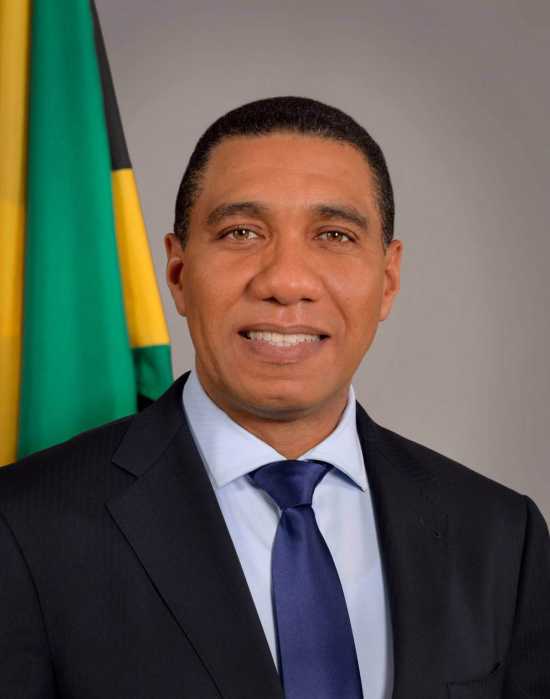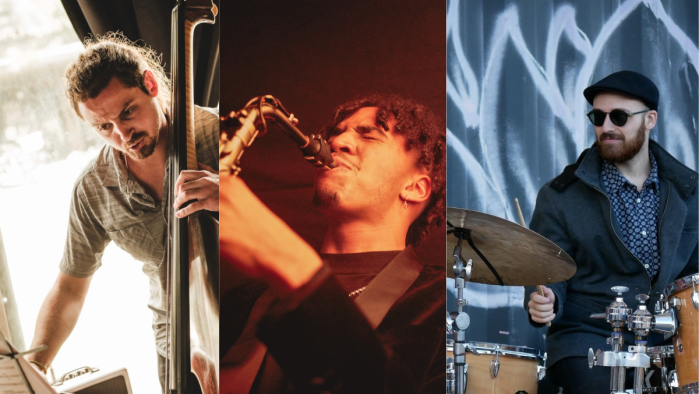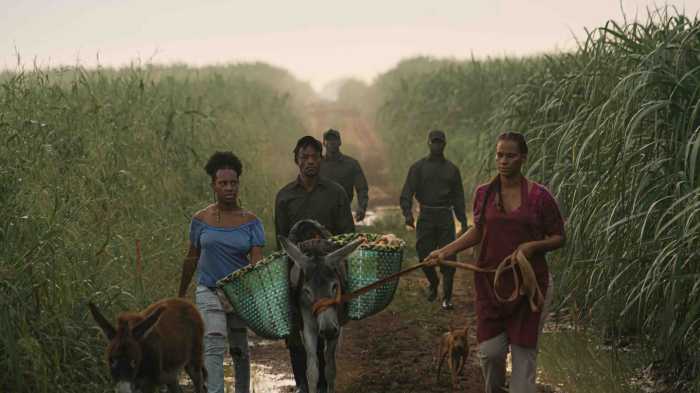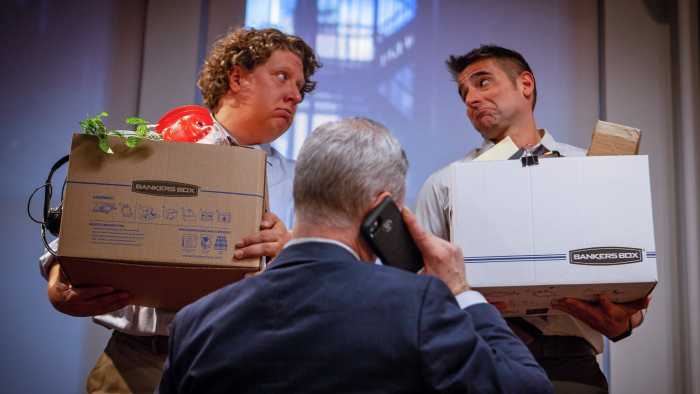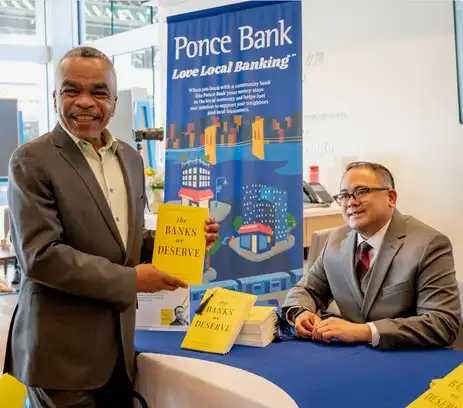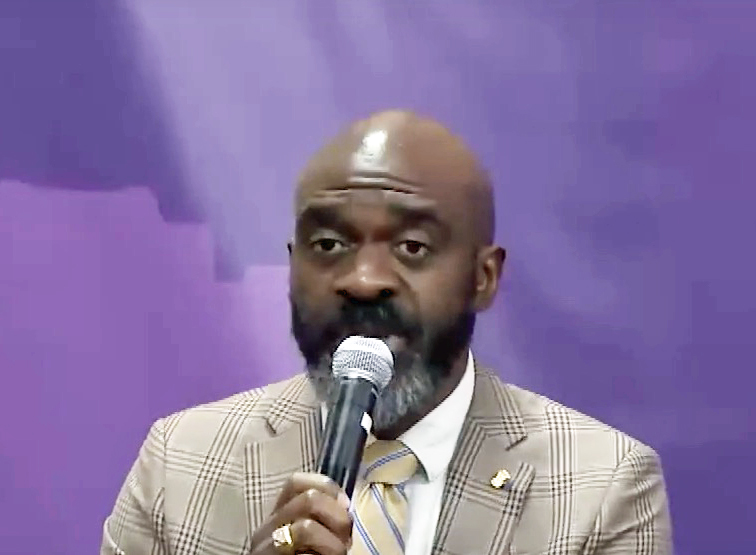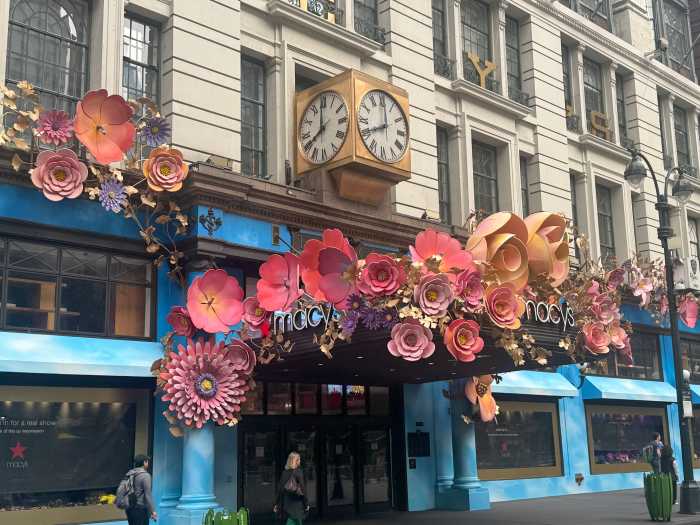Were it not for conscientious documentaries, topical, historic and often under-reported news-worthy issues might never be exposed. Thanks to Ali Allie and Ruben Reyes who wrote, produced and directed the documentary “Garifuna in Peril,” the fast-vanishing Afro-Amerindian culture struggling to survive in Guatemala, Nicaragua, Belize and Honduras is now getting some notice.
Reportedly the entire community could disappear after the next generation.
Since production in 2012, the film has consistently gained momentum with screenings at film festivals throughout the USA, Canada and in every country the culture endures. From Cannes, France, to Zanzibar, the plight of a proud people is slowly being acknowledged as one to save from extinction. In a 99-minute documentary that begins with a mother schooling her two sons about the importance of maintaining the Garifuna language, she lovingly implores — Ricardo and Miguel — to speak the tongue of her people.
In an environment where Garifuna lags third behind Spanish and English she is of a minority that believes in its salvation.
“We went to cast the movie and were shocked that there was almost no one under 18 years old who spoke the language,” director Allie stated.
Although small villages proudly boasts the hybrid Carib, Arawak and West African traditions, youth seem to eagerly embrace the more dominant Latino culture. An adult Ricardo portrayed by Reyes is determined to abide by his mother’s wishes. Later seen as a husband, father and teacher he attempts to instill the pride his mother passed on to him as a youth. His son is as not as open to the idea. The teenager, like his friends, prefer to converse in English and Spanish. And while the teacher and father tries hard not to dictate to his son, as a proud keeper of the culture it is almost instinctive for him to impress the urgency and importance of conversing in the language of the Garifuna people. The film makers use music, dance, community and heritage to detail the vitality of the descendants who as a small group of only 2,500 survived along the coastal countries of Central America. Ricardo teaches how a community banded together after a marooned British slave-ship caused them to seek refuge in the jungles of St. Vincent which was colonized in 1627 by the British.
In the late 1700s, after French settlers developed plantations there, they fought and lost to the British. The British deported 5,000 Africans to the island of Orinocco near Honduras. According to Ricardo’s lesson, suicide and homicide accounted for the reduction in numbers. But the culture combined with those of the indigenous people created a Garifuna nation. What makes this story a cautionary tale is that in addition to the dwindling practice of the language, the peril lies with exploitative land developers who con Garifuna villagers into selling their land for less than fair prices. The profit margin ultimately involves tourists who are being lured to visit the rural, agricultural villages. Miguel’s role in doing business with one such resort owner helps to crystallize the kind of exploitation that will quickly erase the culture and people. Instead of building a school he was tasked to construct for teaching his people, Miguel falls prey to a greedy resort owner.
The storyline unfolds to reveal Miguel’s exile from the community he was reared. And although Ricardo’s son eventually embraces his heritage, his daughter must come to terms with growing into womanhood, dating and the perilous HIV-AIDS virus. The multi-layered documentary is a wake-up call to preserve the heritage and culture of the Garifuna people. With food, a language lesson and dance that mimic colonial occupation, the film offers an opportunity to revel in the culture.
Like the maroons in Jamaica who fled to the mountains to avoid slavery, the Garifuna people eluded slavery in the Caribbean by taking to the jungles. They readily boast freedom, triumph and emancipation from British colonization during a period when European dominance empowered foreigners to take and hold hostage an entire population lesser protected or armed. In addition to Garifuna communities in Central America, there are Garifuna communities in New York and Los Angeles, California.
For more on Garifuna culture log onto www.beinggarifuna.com


